10 Tips and Tricks to Increase Your Car’s Mileage
The fuel prices are higher than they have ever been, drivers are spending huge portions of their budgets on filling the tank. With a bit of forethought and common sense, drivers can see their fuel bills fall immediately.
We at Autogyaan bring to you 10 tips to help you drive past the fuel pump more often than you stop at one.
Tip 1: Keep the Pressure on
Driving with optimal tyre pressure makes a huge difference to your car’s fuel efficiency. Reduced tyre pressure means increased contact area between the tyre and the road.
Friction is a mileage killer. Since the contact area of the rubber of the tyre and the road increases, your fuel consumption also increases considerably. Over-inflated tyres will mean a lower consumption, but will hamper the tire’s grip and ability to disperse water on the road. Make sure the tyres are inflated at the manufacturer recommended levels and you’ll be fine. And don’t forget to check them once a week, always in the morning.
Tip 2: Check the Aggression
Be as smooth as possible with the car’s controls. Treat the accelerator and the brake pedals with respect. Speedy accelerations and breaking reduce the cars efficiency considerably. It also poses as a danger to the drivers around you.
Tip 3: Pre-plan your Trips
Pre plan your purchases and trips. Two short trips will inevitably consume more fuel than one that is slightly longer. This is because your car consumes extra fuel each time you crank the engine. Combine as many trips as possible to keep fuel efficiency high. As a bonus, you’ll also be saving on travelling time.
Tip 4: Keep it Shut
A car’s fuel efficiency has a lot to do with how it parts air on the move. In other words, aerodynamics. Open windows, even partly, at high speeds can impact fuel efficiency and result in the tank draining out quicker due to increased drag. Contrary to popular notion, you’ll save more fuel with the windows up and the air conditioner turned on.
Tip 5: All Geared Up
The faster you shift to the highest possible gear without the engine knocking, the better. A car consumes more fuel in lower gears when accelerating. If the engine’s not pulling, shift down instead of pressing the throttle. Shifting up at 2,000 rpm (1,500 rpm for diesel) gives the best mix of speed and economy. On an automatic with manual shift, short shift to save fuel.
Tip 6: Lose Some Weight
You don’t have to be a quantum physicist to know this. The heavier the car, the greater will be its thirst. Keep the boot empty and clean and watch the fuel gauge become more stable. The extra bucks will make up for the trouble.
Tip 7: Idling isn’t going to Take You Anywhere
An idling car burns fuel without really going anywhere. So if you have your engine running while you’re waiting for someone, or if you are waiting for the signal to turn green, you’re effectively getting a total of 0 kmpl at that time. Some cars even give a litre per hour consumption on their trip computers to help you keep track. The simplest solution to this is to switch the engine off. Or, if you have the budget, buy a car with auto start-stop technology.
Tip 8: Clean Those Filters!
Don’t drive your car with dirty or clogged filters, such as the air filter or the oil filter if you don’t want to shell out at the pump. Get them cleaned or replace them. It will be money well spent since you won’t be bleeding slowly. A serviced engine will also consume less fuel, so don’t ignore the schedule.
Tip 9: Use a Route Planner
Thanks to the onset of GPS in smartphones, we can now choose the fastest driving route by taking into account the real time traffic conditions. This might not seem necessary, but before you go somewhere, choose your route carefully. Delays due to traffic lights and congestion can be minimized if you can see the traffic areas and avoid them.
TIP 10: Use a Synthetic Oil Additive
Using a synthetic oil additive can increase your gas mileage by up to 15% if you follow the manufacturer’s instructions and recommended usage. If you can’t use synthetic, choose the lightest oil possible, 5W-30 rather than 15W-50. Follow these tips and you will see a considerable change in your car’s average. Moreover, none of these tips require too much effort and we’d recommend you to follow them diligently to save money.

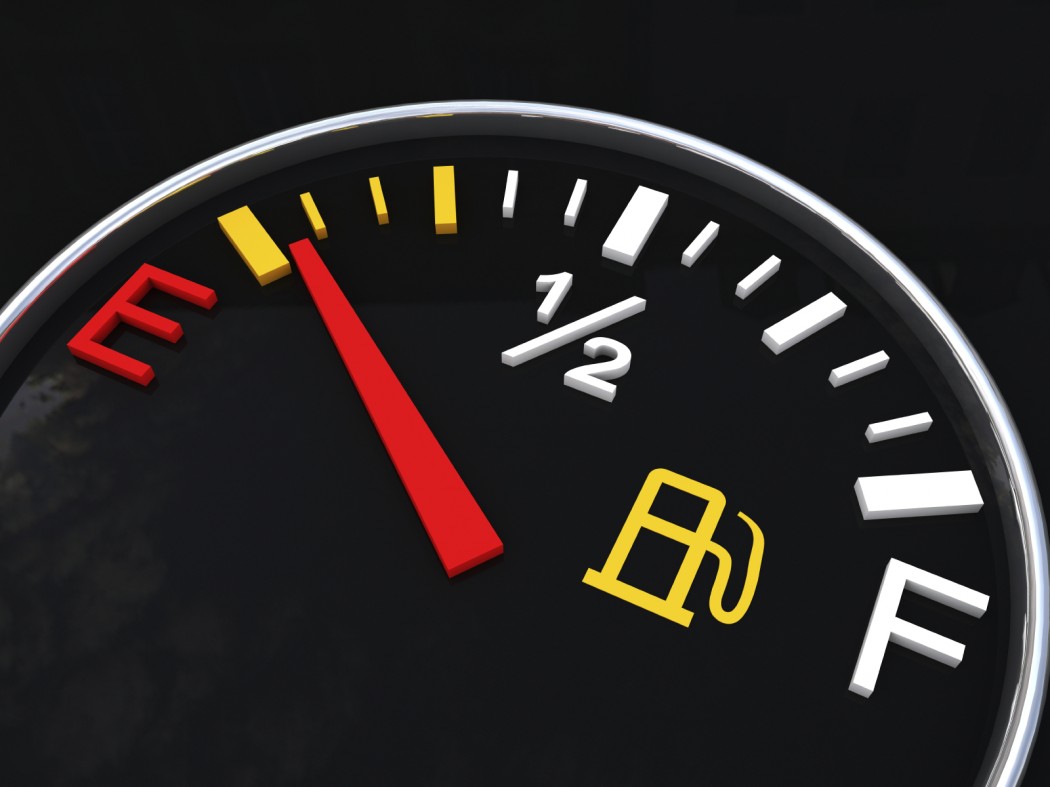
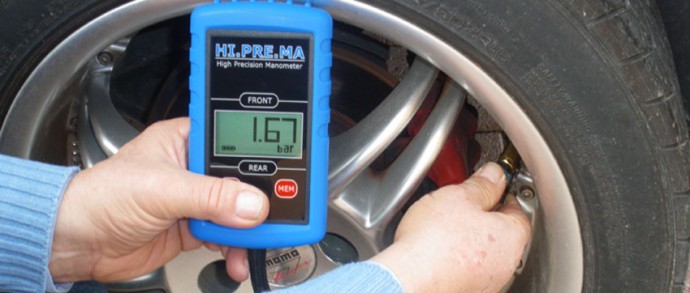
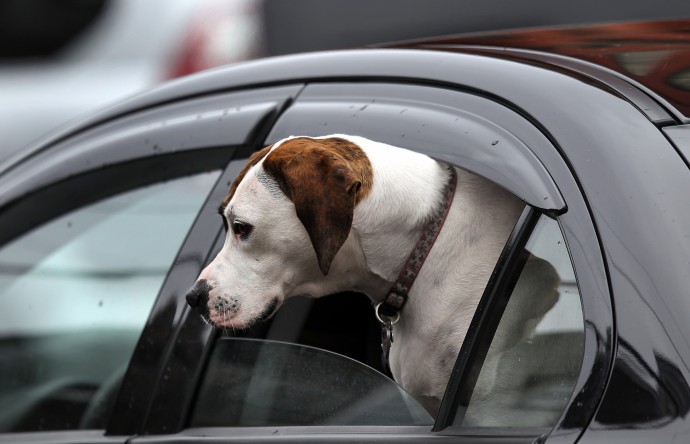
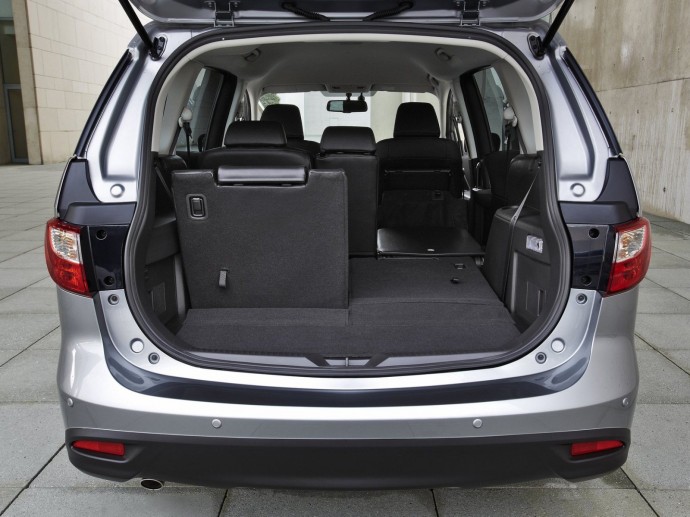
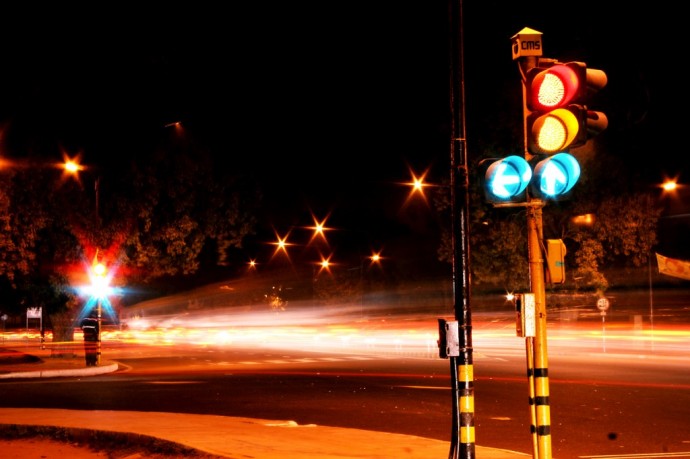
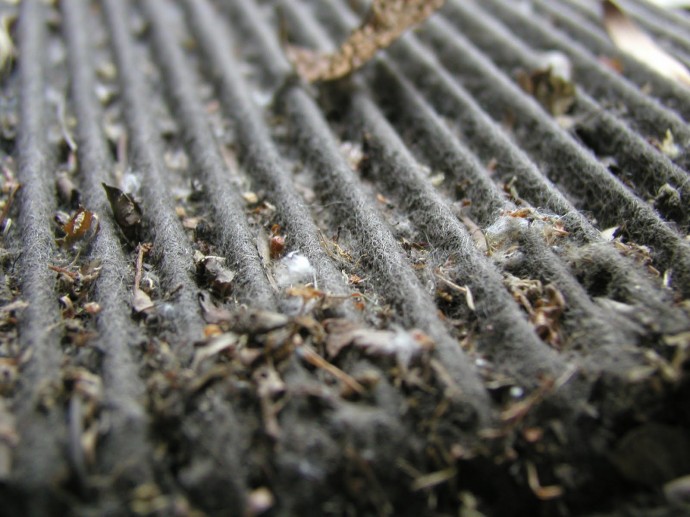
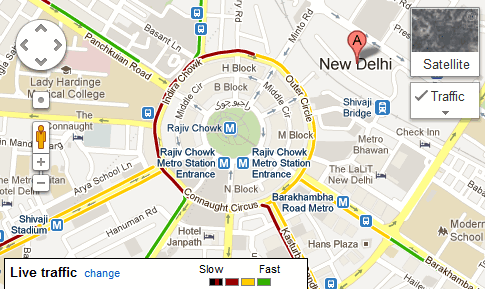
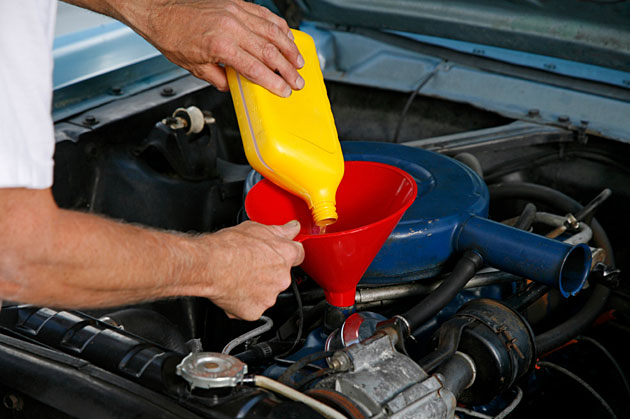
Interesting!
Schedule your car servicing according to drive conditions and usage do it after few intervals to maintain machine well-tuned. Cleaning and greasing, minor repairs of major parts and engine oil tuning and changing of car can drastically enhance fuel efficiency. A properly maintained vehicle engine means fewer fuel consumption, low emissions and better performance.